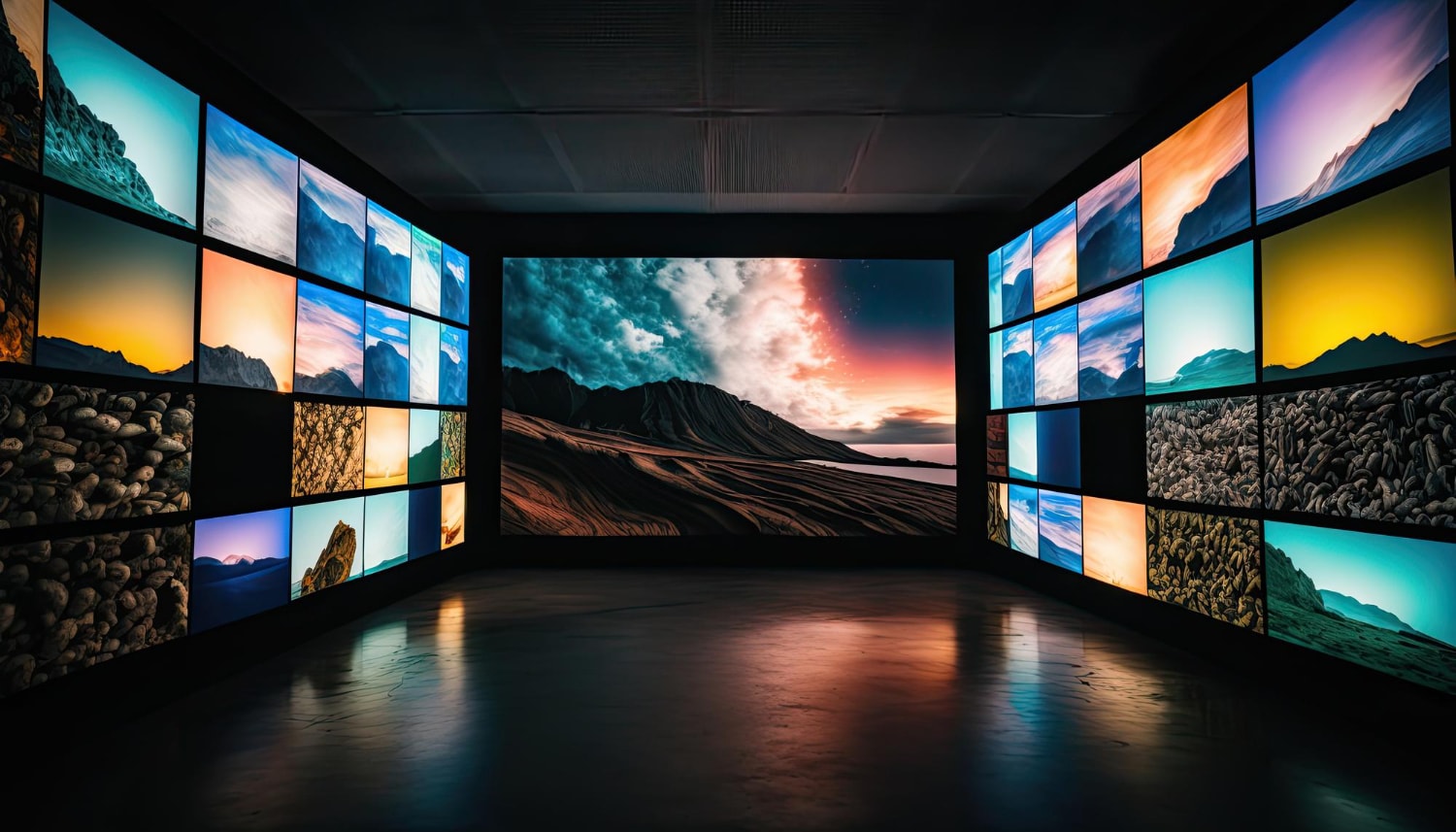Clarifying Light Emitting Diode Display Panel Luminance Measurements to Peak Display Effectiveness
Clarifying Light Emitting Diode Display Panel Luminance Measurements to Peak Display Effectiveness
Blog Article
LED panel panels are increasingly popular in various settings, from homes and commercial spaces as well as communal spaces. These panels are recognized due to their bright and vibrant displays, which make them suitable for communicating data, advertisements, and entertainment. However, understanding brightness illumination measurements of Light Emitting Diode panel panels remains crucial to guaranteeing ideal display performance. Illumination can be measured in units known as candelas, that show the amount of light is emitted from the panel. A greater number of quantity in candelas, the brighter more luminous the display will be. For, example, a panel with 1,000 candelas stands considerably more vivid than one with 500 candelas, rendering this one better equipped for brightly lit settings.
When choosing a Light Emitting Diode panel panel, it is important to consider which setting where that the screen will be used. In well-lit lit areas, such as shopping malls or outdoor settings, a higher brightness rate becomes essential for ensure visibility. Conversely, in darker environments, such as theaters or meeting spaces, a lower brightness rate may be adequate. This is because excessive bright unnecessary luminosity within an dim setting may result in viewer discomfort among the audience, causing them more difficult for concentrate with a screen. Thus, understanding specific particular needs for an installation location can help in choosing the right illumination rate to ensure ideal visual experience.
A further crucial element to consider is the contrast ratio of the LED wall panel. The contrast measurement indicates how much disparity exists between the brightest brightest white and the dark black which a screen is able to produce. A higher contrast proportion indicates the display can it is capable of show more sites clarity and depth, which enhances overall visual clarity. For example, one screen boasting an differential ratio of 10,000:1 is able to show images featuring greater brilliant colors and sharper details than one featuring a proportion at one thousand to one. This becomes especially important when displaying visuals and motion graphics that require high definition and fine details, including see this page slideshows or promotional content.
Additionally, the technology technology behind LED panel screens has a essential part for their brightness as well as total performance. Different kinds of LED methods, including Organic Light Emitting Diode and LCD, possess distinct characteristics that impact the way brightness is perceived. OLED screens often offer better differential as well as deeper shades, which can improve a viewing experience in dim settings. On the other hand, traditional Light Emitting Diode screens may be better in bright environments because of the ability to generate higher levels in illumination. Understanding these tech-related variances can guide users to making informed decisions according to their individual requirements.
Finally, regular care as well as calibration for LED wall screens can help preserve optimal brightness as well as performance over time. Dirt and dirt may build up on a screen, affecting its illumination and sharpness of the visual. Periodic cleaning as well as expert adjustment can guarantee the panel panel functions at its optimal, providing consistent visual quality. Moreover, certain sophisticated LED panel panels come built-in built-in options which allow operators to modify brightness levels as well as color settings based on their preferences. By implementing these measures, users will guarantee that LED LED panel panels deliver an best visual performance, no matter the environment where which these are used.